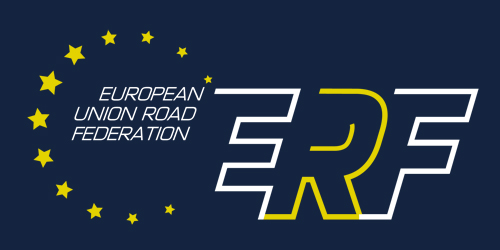3 new websites for SOLOSAR!
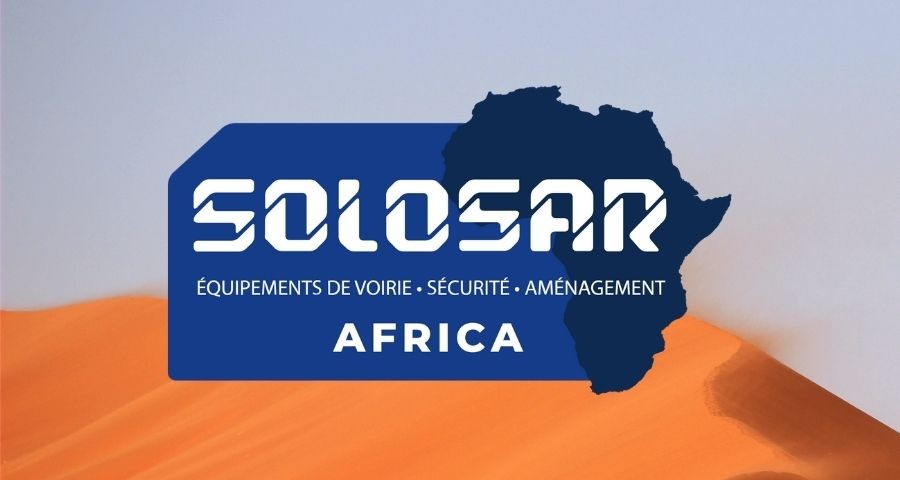
Interview of Patrick ASIMUS, Managing Director of SOLOSAR:
You have just created 3 separate websites for Cameroon, Ivory Coast and Senegal. Why did you do this?
First of all, it should be recalled that SOLOSAR has been designing, manufacturing and distributing vehicule restraint systems for all types of roadways for the past 43 years: roadside barriers, median barriers and bridges railing.
We have been working in West and Central Africa since 2007 and the Heintzmann Group, to which SOLOSAR belongs, has had a factory and teams in South Africa for over 50 years. We therefore know these countries well, having worked there for many years.
In addition to establishing long-term partnerships and doing business there, we are observing the recurrent road deaths on this continent: 26 deaths per 100,000 inhabitants (source: WHO). This figure is three times higher than in Europe.
The World Health Organisation (WHO) estimates that road traffic accidents will be the fifth leading cause of death by 2030, with an increasing disparity between the rates in developed and developing countries. As in Europe, this situation is unacceptable and action is needed.
As road infrastructure is in full development in Africa, roads are undeniably a factor in economic and tourist development, but this asset must not be at the expense of user safety. It is therefore necessary to address this issue as a priority.
On the other hand, supplies, controls and the technical content of invitations to tender are not free of criticism. This is why SOLOSAR has decided to provide objective and verifiable information through these websites dedicated to the three countries where we work the most. The aim is to increase the level of safety for road users through technical information.
How will you contribute to improving road safety?
In Europe, technical information (standards, diagrams, etc.) is readily available. In Africa, however, some specifications date back to the 1960s and need to evolve so that the country using them can benefit from the latest versions of standards and technologies.
SOLOSAR is a member of two road equipment unions and technical committees on road restraint systems. It can therefore provide information on its sites and also provide tailor-made technical and standards training. During our various visits we noticed that local stakeholders were very interested in these issues.
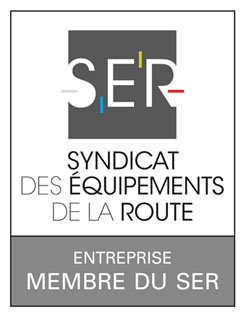 |
|
SOLOSAR is a member of two road equipment unions
We want to contribute at our modest level to a transfer of technological knowledge so that the African countries concerned can define the minimum security level, implement it, maintain it and prevent counterfeiting.
So is it enough to catch up with the technology to improve the situation in Africa?
No, unfortunately it is not that simple. It is necessary to take into account local specificities, as in Europe, and in particular the type of vehicles used, the children who play on the roadsides and the many markets which border them, to give a few examples... In addition, the nature of the soils, sometimes very hard, sometimes very soft, must be taken into account. Moreover, as everywhere, pedestrians and cyclists pay a heavy price. However, there are solutions whose benefit/cost is immense.
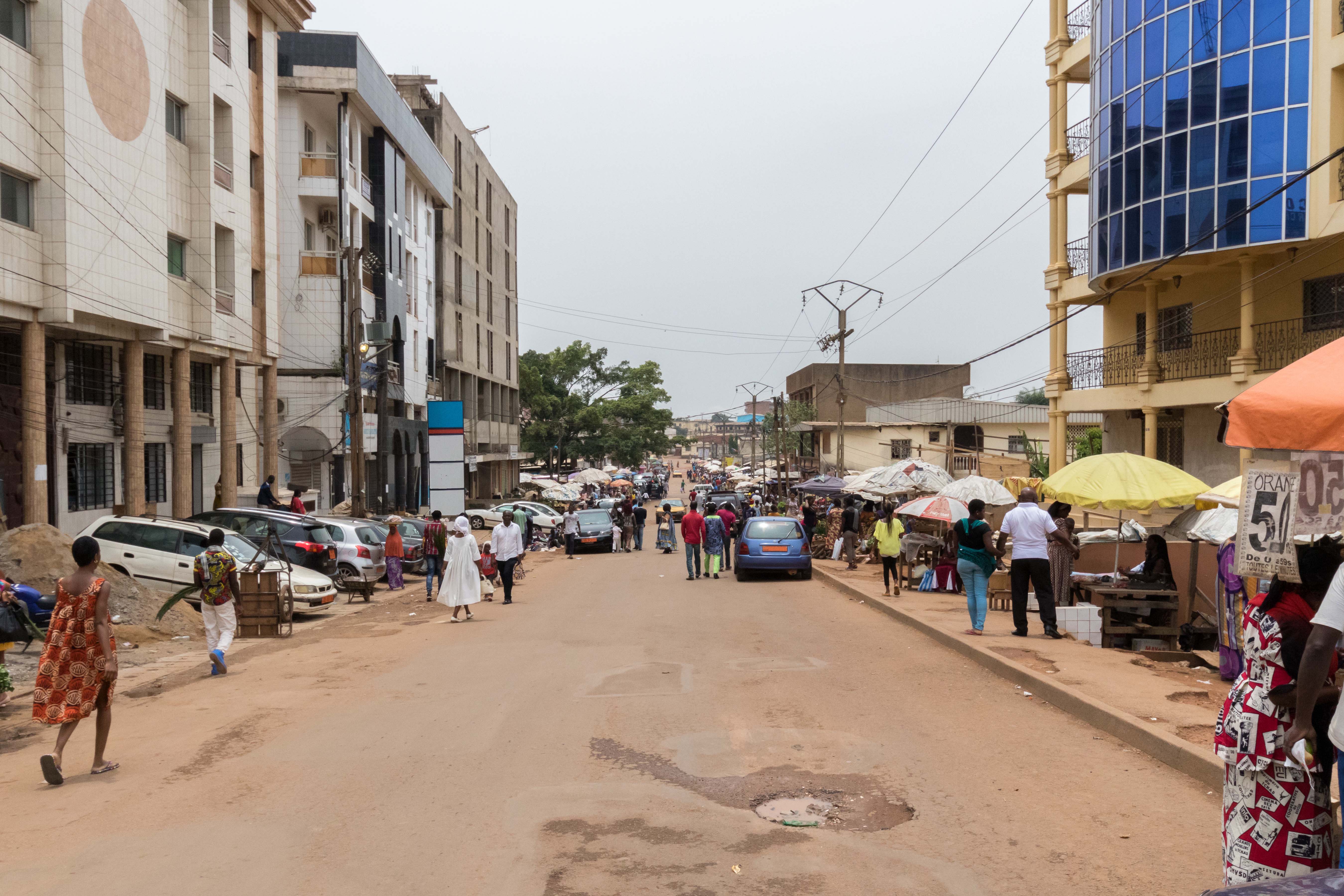
Yaoundé city centre, Cameroon
What do you think could be improved in the choice of vehicule restraint systems in Africa?
It is vital to define a minimum level of performance to retain light and heavy vehicles. Too many guardrails are not suitable for lorries, for example, which are often overloaded. Furthermore, particular attention must be paid to the choice of devices on engineering structures. The systematic use of concrete barriers should be avoided in certain configurations. We consider that it is the roadway that determines the appropriate restraint system and not the other way around.
It goes without saying that these products must be certified and the factories where they are produced must be audited annually to verify the quality of the materials, the continuity of performance and the sincerity of the supplies. The introduction of counterfeit products that are not at least certified must be stopped so as not to put road users at risk.
Finally, too little room is left for maintenance. If a budget of 100 is available, 20 to 30 should be left for maintenance. The life cycle calculation including the cost of maintenance is hardly ever taken into account.
SOLOSAR is certified NF by ASCQUER and CE and is subject to periodic checks on the consistency of performance of products manufactured under these two types of certification. These certifications are costly for the manufacturer, but are a guarantee of a minimum quality and performance on the roads of the world.
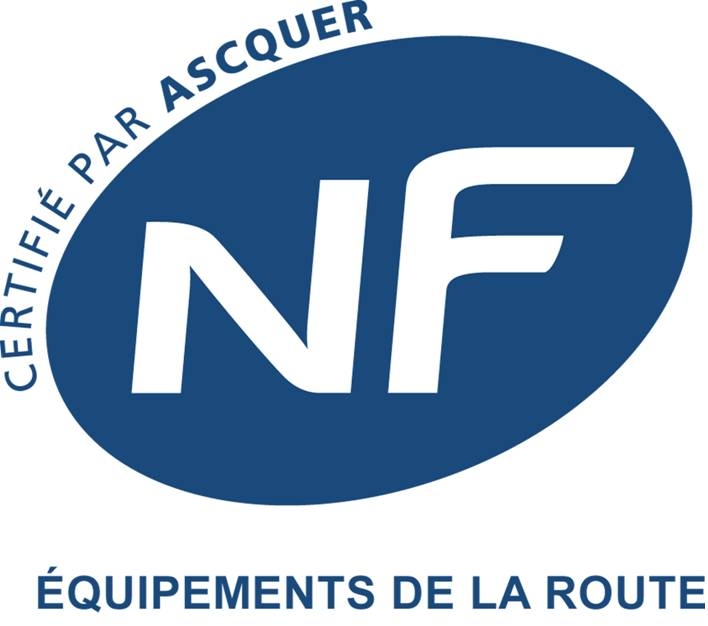 |
 |
SOLOSAR is certified NF by ASCQUER and CE
Who are the stakeholders in this fight against road insecurity?
There are mainly five actors who have a determining role in the quality of the road project. The donor financing the project can prescribe the required level of safety in its call for tenders, assisted by the project owner, the owner of the roadway.
Then the public works company and its subcontractors who will install the road safety equipment. The manufacturer selected by the public works company must be recognised and provide certified restraint systems in accordance with the terms of the CCTP.
Finally, the purpose of the control mission is to check the adequacy between the original CCTP and what is carried out on the roadway in an independent and objective manner.
As you can see, if one of these actors fails in his mission, the whole chain will be impacted. All roadworkers must be involved in improving road safety!


 Africa
Africa